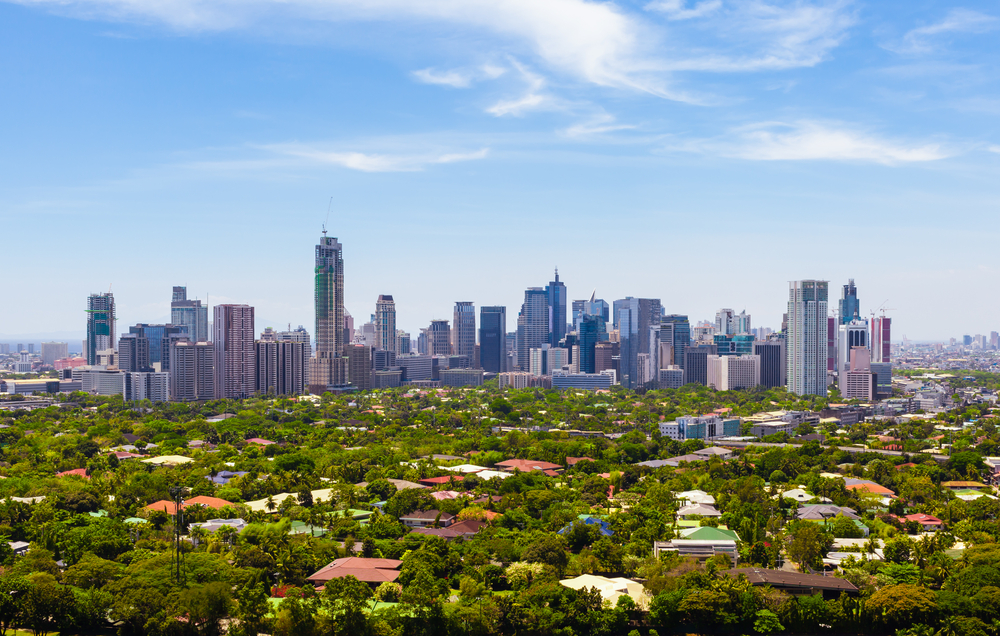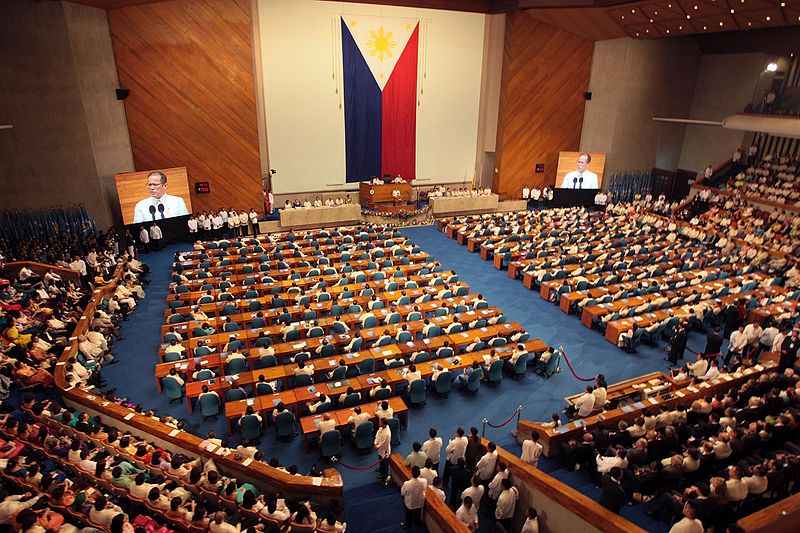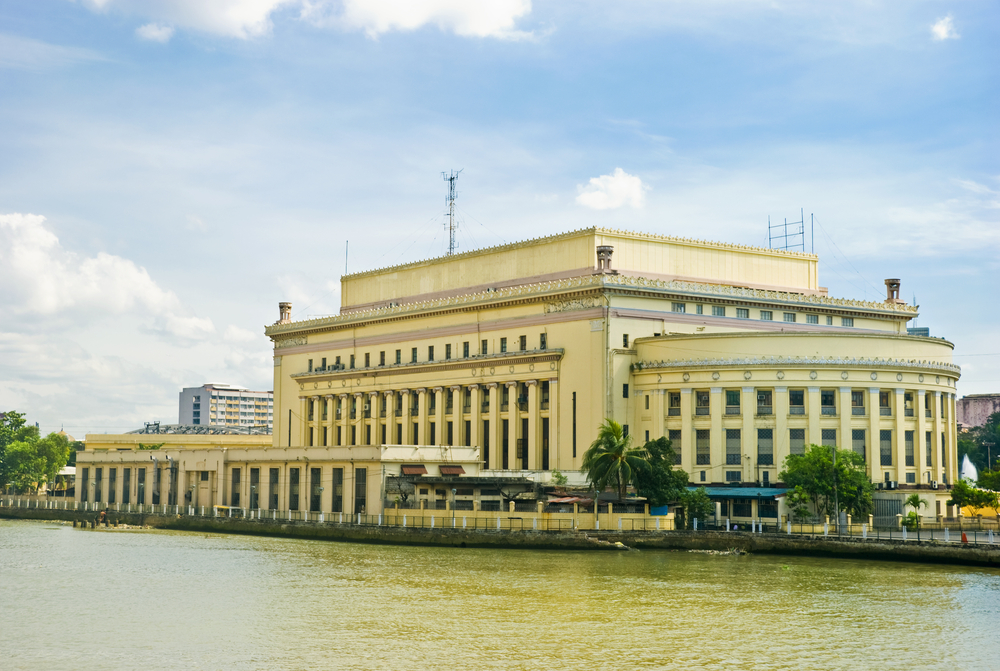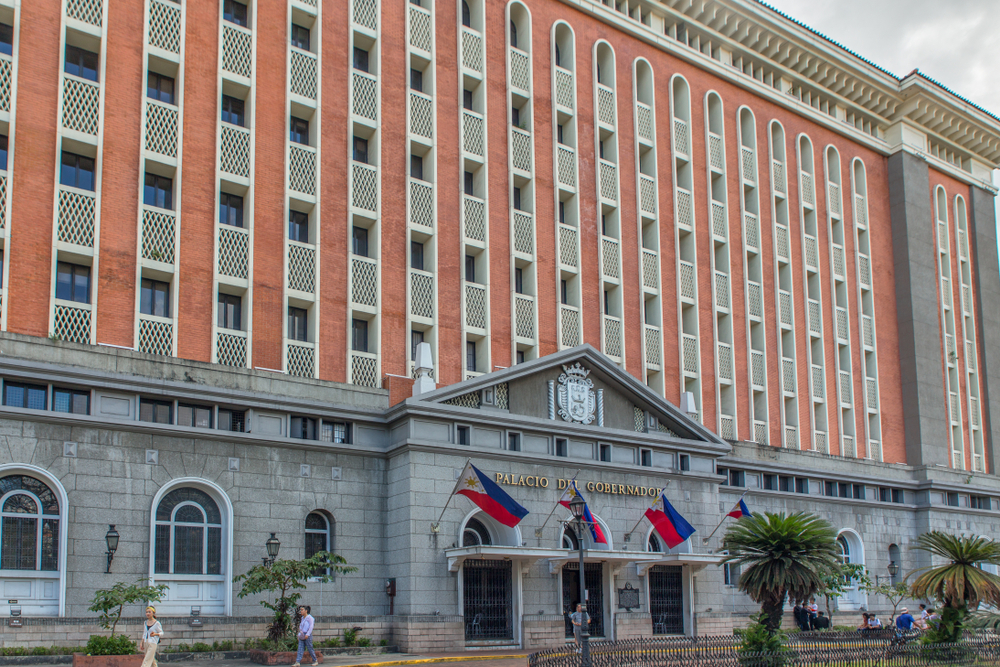Government Overview
Country
Local Long Form: Republika ng Pilipinas
Local Short Form: Pilipinas
Etymology: Named in honor of King PHILLIP II of Spain by Spanish explorer Ruy LOPEZ de VILLALOBOS, who visited some of the islands in 1543.
Capital
Manila: Derives from the Tagalog "may-nila," meaning "where there is indigo," and refers to the presence of indigo-yielding plants growing in the area surrounding the original settlement.
Geographic coordinates: 14 36 N, 120 58 E
Time Difference: UTC+8 (13 hours ahead of Washington, DC, during Standard Time)
Independence
Date: 4 July 1946 (from the US)
Constitution
History: Several previous; latest ratified 2 February 1987, effective 11 February 1987.
Amendments: Proposed by Congress if supported by three-fourths of the membership, by a constitutional convention called by Congress, or by public petition. Passage by either of the three proposal methods requires a majority vote in a national referendum.
Legal System
Mixed legal system of civil, common, Islamic, and customary law
Citizenship
Citizen By Birth: No
Citizen By Descent: At least one parent must be a citizen of the Philippines
Dual Citizenship Recognized: No
Residency requirement for Naturalization: 10 years
Suffrage
Suffrage: 18 years of age, universal
Executive Branch
Chief of State: President
Head of Government: President
Cabinet: Cabinet appointed by the president with the consent of the Commission of Appointments, an independent body of 25 Congressional members including the Senate president (ex officio chairman), appointed by the president.
Description: The president is the head of the executive branch and commander-in-chief of the county’s armed forces. The president delegates executive power to a Cabinet of government secretaries and ministers that the president appoints (with approval of a congressional commission). A vice president (elected separately from the president) is second in line for the office in case of the president’s death, resignation or incapacitation. The president and vice president are directly elected by simple majority popular vote each for a single six-year term.
Legislative Branch
Description: Lawmaking authority is vested in the bicameral Congress (Kongreso), composed of a Senate (Senado) and House of Representatives (Kapulungan Ng Mga Kinatawan). The Senate contains 24 seats, with members directly elected in multi-seat constituencies by majority vote. Members serve six-year terms with half of the membership renewed every three years. The House contains 297 seats, with 238 members directly elected in single-seat constituencies by simple majority vote, and 59 representing minorities directly elected by party-list proportional representation vote. Members serve three-year terms.
Judicial Branch
Description: The highest judicial body is the Supreme Court, which consists of a chief justice and 14 associate justices. Members are appointed by the president on the recommendation of the Judicial and Bar Council, a constitutionally created, six-member body that recommends Supreme Court nominees. Terms can last until age 70. Subordinate courts include the Court of Appeals, Court of Tax Appeals, a special court for corruption cases of government officials, regional-, metro-, and municipal-level trial courts, and Islamic sharia courts.
Copyright © 1993—2025 World Trade Press. All rights reserved.

 Philippines
Philippines 


